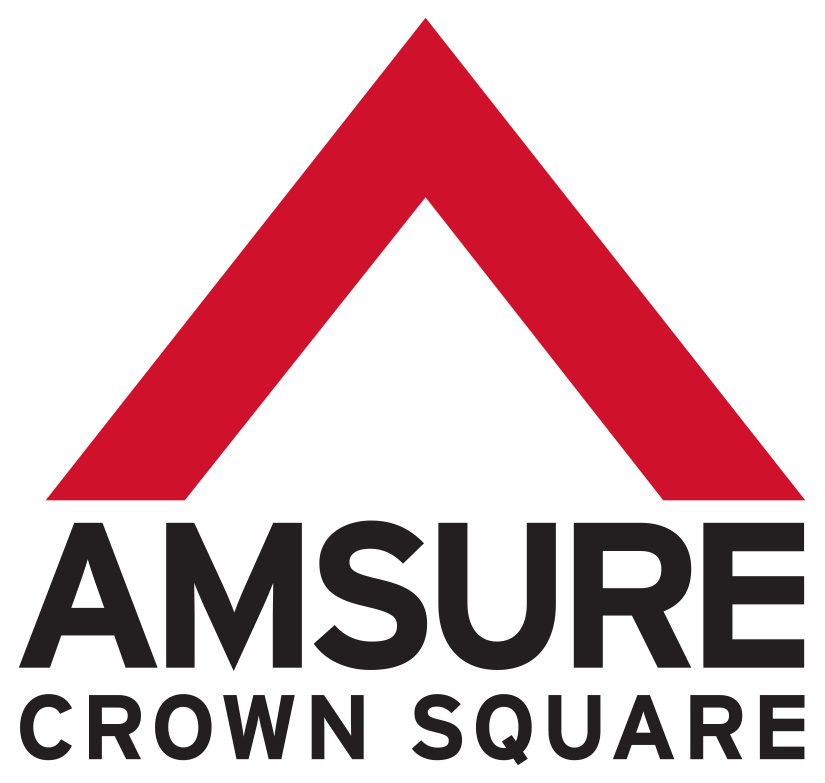The area known as Waterloo had the Aboriginal name of Illpah (meaning “plentry of raspberries”) and it was peopled by the Cadigal and Wangal clans and various sub-tribes whose language was Turruwul. The area consisted of swamps and low sandy hills and the vegetation included coarse grasses, ti-trees and reeds. Mount Lachlan (now Mount Carmel) was the watershed of the Lachlan Swamps (Centennial Park) – the source of Sydney’s early water supply.
Waterloo was named as a result of the British victory at the Battle of Waterloo in 1815. The earliest post settlement land use in Waterloo included market gardens and dairies and there was even a successful attempt at wheat-growing. As the suburb progressed, the local manufacturing included ropeworks and wool-washing and industries which relied upon water power for their operation. Water mills played a vital role in the development of Waterloo and one of the earliest examples was an experimental mill set up in 1813 to manufacture cloth, pottery and glass. Although this experiment failed, other mills were established and five years later a mill was set up to manufacture paper. This mill produced the paper on which the Sydney Gazette was printed on 29th July 1820.
Waterloo rapidly progressed as an industrial area. In 1910 there were only about a dozen industries within the Municipality but by 1914 there were over a hundred. In 1920 an Industrial Exhibition was held at The Waterloo Town Hall and the exhibitions included such companies as Australian Glass Manufactures, Wormald Bros., Waterloo Brick Co. and Gordon Marr & Sons.
In the 1990’s the close proximity of the area to the CBD of Sydney caused the industry to relocate to suburbs further afield and the land to be redeveloped as medium density residential.
Future development will include the development of a town centre and associated works.
